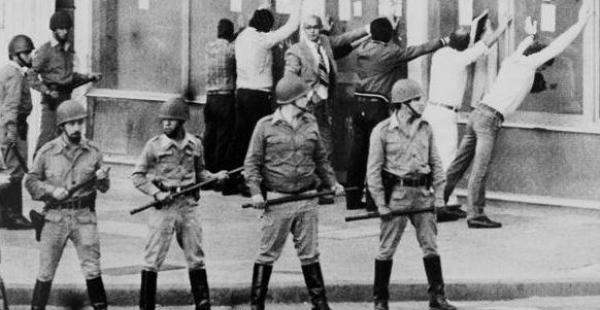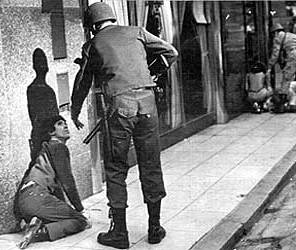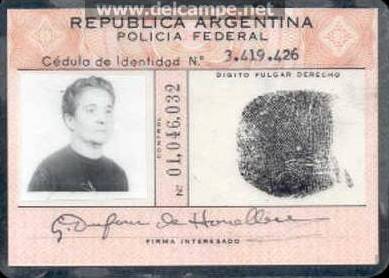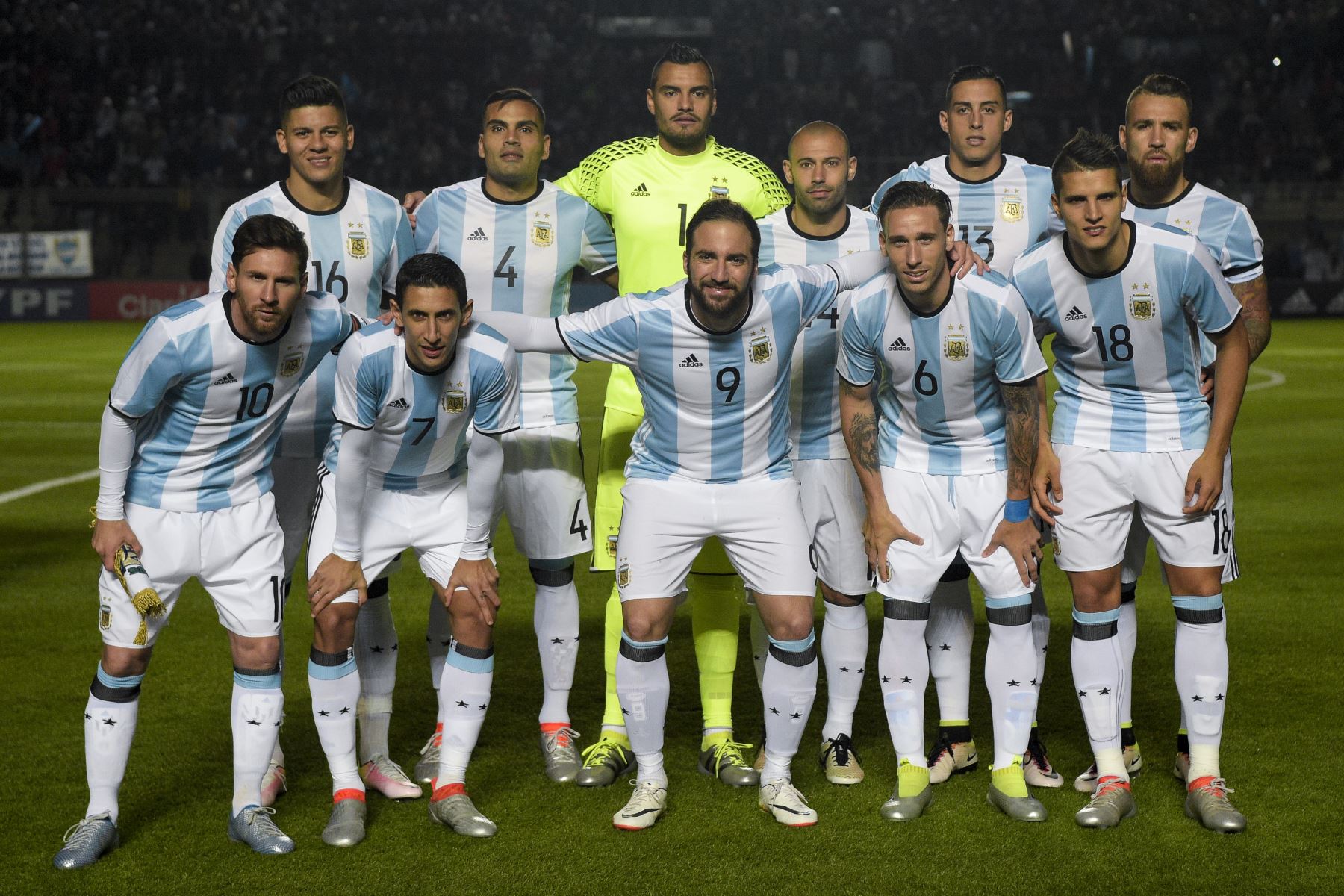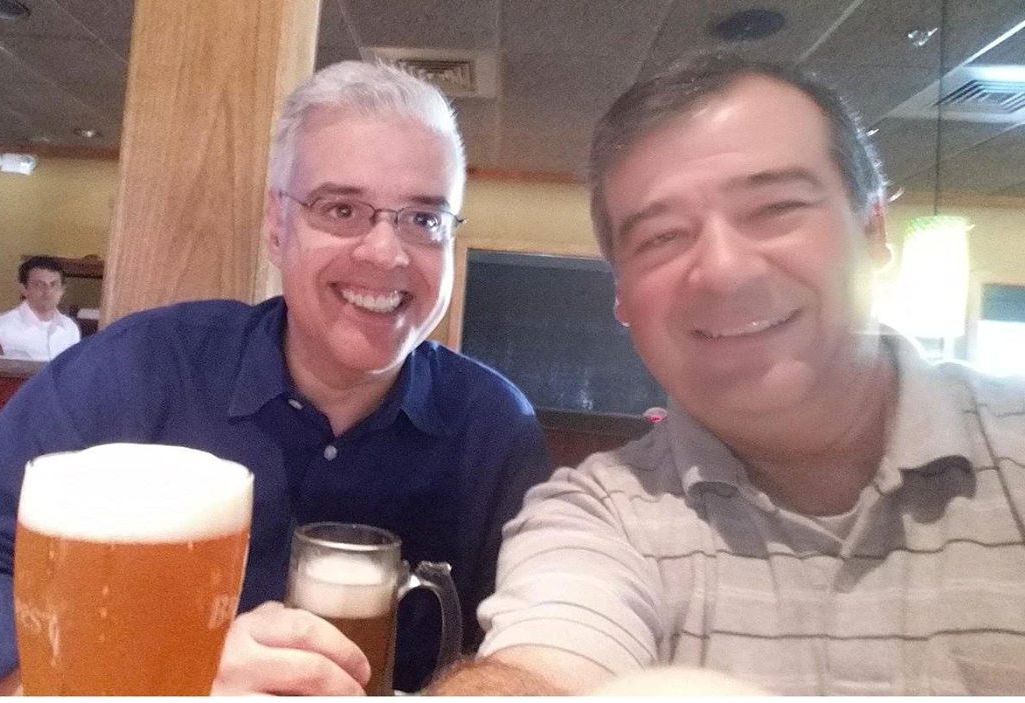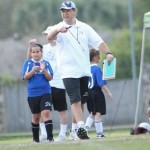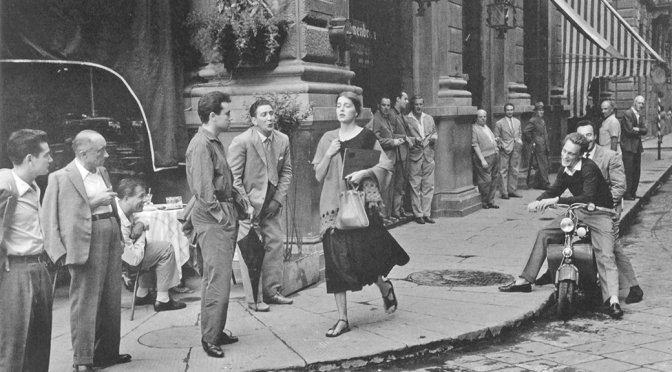Have you ever read something that flicked a switch in your brain, that suddenly filled your head with a memory long forgotten or repressed?
Recently my good friend John recounted a story about a visit to Guatemala. You can read it here.
His memory of his first visit to a Central American country was of an official of the army or police pointing an automatic weapon at him.
I have a similar story.
During one of my parents’ trips to our mother country, Argentina, I learned a powerful lesson about not provoking the powerful in charge.
It was the summer of 1979. Summer in the Southern Hemisphere meant Christmas and New Year’s festivities.
Part of the traditional festivities, still observed in the middle and lower class neighborhoods of the Buenos Aires suburbs, was visiting house after house — and eating and drinking at each one — to celebrate the new year.
It was New Year’s Eve 1979, and together with my cousin and a mutual friend, we headed out to uphold old traditions.
We went from house to house and celebrated with people we barely knew. But we ate at every home, and more important to this story, we drank cider at every house.
At age 16 and without the tolerance I have today, I can say I was probably pretty plastered by the time we reached our fourth or fifth house.
All I can remember is that we left a house and started to walk along a main avenue of this depressed neighborhood.
As we walked in a bit of a stupor, I noticed flashing lights up ahead.
Uh-oh! Cops, or worse, I thought.
I told my cousin that we should cut through an alley or double back because we were drunk and under age.
Nah, he said, and gestured most drunkenly. He said that it was just repairs being done on a pharmacy sign on the main road.
Now If I hadn’t been drunk, 16 and stupid, I might have said: “Who the fu#& is gonna be fixing the pharmacy sign on New Year’s Day at 3 in the morning!?!?!?”
But I was 16 and drunk and proceeded on the path.
As we got closer to the flashing lights I felt dread as I could see that this was no sign repair crew. It WAS the cops. Or as they were known in the dictator days of Argentina, the para-police!
I could see multiple vehicles starting to pass us as and I hoped they would let us go because we were only a couple of harmless kids.
Nope.
Brakes squealed, jeeps and cars stopped and all manner of uniformed and non-uniformed authorities came out shouting out orders all at once.
Halt and up against the wall were the ones I heeded.
I slapped the wall and spread my legs.
“Turn around,” I heard a very authoritative voice say.
We all did.
A man in civilian clothes approached the three of us. He held a very large pistol in his hand.
He motioned with the gun and said, let’s see some documents.
In Argentina, at that time, all civilians had to carry a national ID called a Cedula de Identificacion. It was a picture ID with a current address (Lord help you if it wasn’t current) and a seven-digit number.
You better have it memorized too.
As I fumbled for my ID card, I spied the uniformed officers holding automatic weapons forming a perimeter around the man in charge asking for our papers.
My cousin produced his document and walked toward the man. I found mine too and also started to walk toward him.
At the sight of two scared teenagers moving toward him at the same time, documents in hand, this para police jerk must have felt his life was in danger because he leveled his pistol straight at my forehead and said, “I didn’t call you. Back against the wall.”
I got back on that wall like Spiderman! Facing it and back in a spread-eagle position, scared like I had never been before.
I was probably muttering to myself, or possibly crying, when I did not hear the first strongly worded request for me to turn around. At the second shout, I pivoted around and slammed my back up against the wall.
The non-uniformed man in charge beckoned me with his pistol.
I remember him calling me hot shot. I still don’t know why.
So I moved meekly towards him, document in hand straight out as a shield or religious artifact warding off evil.
He snatched it from my hand, glaring at me and still motioning at me with his pistol.
Next came a quick interrogation of name, address and ID number. I blurted everything out, all correctly. Then the question that caught me off guard: “What are you doing here?”
Thankfully I stammered, “Nothing…just visiting friends and family for the New Year.”
My meek response satisfied him because he handed me back my ID, gestured with his head rather than his pistol to disappear.
I ran away, rounded the corner and heard a “psssst” from my cousin huddled behind a car.
I fell in next to him and watched how our friend and another pedestrian who must have somehow been near us when the police descended on us were shuffled into the paddy wagon.
They didn’t have their IDs on them. Holy shit!! Now what?!
Together with my cousin and a clear head that was scared sober from the encounter, we went searching for our friend’s mother who was in one of the houses we had visited earlier.
Fortunately there was a very peaceful ending.
We found our friend’s mom, we all went down to the precinct, getting there before the squad and paddy wagon. Our friend’s mom signed him out and the police asked her to sign out the other minors too.
Our friend recounted his trip to the station in the wagon. He witnessed a few more stops and saw a few individuals tossed into the wagon with bleeding heads.
I am so glad I had my ID — and that I was smart enough to not mouth off.

